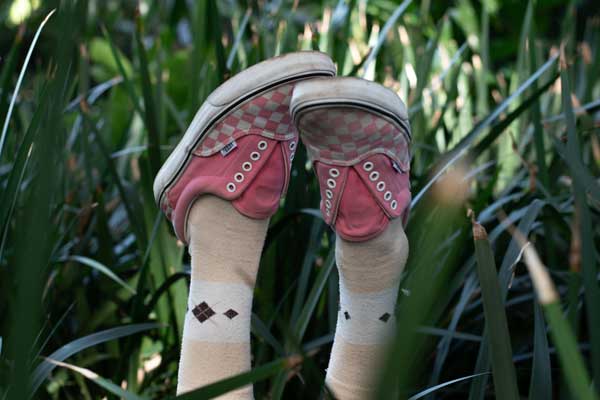Masi Nako (DUT, South Africa), Colour and Perception, 2023
Stories we tell ourselves of “gender matters”
By Suki Mwendwa
Storytelling is a social and cultural activity that encourages a listener’s imagination and as an imaginative tool, it is used to reveal and transfer stories, myths and legends within all communities, globally. Within storytelling, truths are often camouflaged by imagined truths to both reveal and retain secrets. Antonia Susan Byatt says that “narration is as much a part of human nature as breath and circulation of the blood” (1999).
Stories have been a means of education, a means to simplify the world into something more tangible and understandable. Stories were not marginalized or considered as a means of manipulation, though it can be useful as Annette Simmons states to give guidance and possibly give us ‘answers’ through provoking thoughts, and in a sense undermining status quo and norms. Hence stories can confront ‘facts’ with grace through the imagination, where literal comments can prompt resistance.
Storytelling is being defined broadly as a form of singular or mixed media approach to powerfully explore “gender matters”. The question arises, what does this mean to you and what story will you narrate through a visual representation? The importance of the topic is that it is central to relationships, human to human, human to non-human, human to nature etc. These relationships may be positive or negative, the responsibility is for you to decide.
The story and storytelling are not only a mental imprint but are also an imprint that is embodied physically in our behaviors, and projected into the artificial reality we have created for ourselves. Generally, all products, services and various forms of expression create the reality we have made for ourselves. How conscious are we of the stories we tell in the lives we live, spoken or otherwise? Are they ours? How conscious are we of the stories we tell ourselves of “gender matters”?
This exhibition is an exploration of these stories, using the power of story through whatever forms of creative expressions to provoke, influence and educate, by challenging perceptions of “gender matters”. To conclude Anais Nin states “We don’t see things as they are, we see them as we are”... so what do we see of ourselves as we both create as the storyteller and observe our stories as the onlooker of “gender matters”? Thus, this project seeks to present stories on Gender Matters from different parts of the world in an exhibition that will promote visual culture and matters on gender.
Project Objectives
- The main objective of the exhibition is to explore the visual cultures of students in different parts of the world regarding their experiences in visual storytelling and their ideas on “gender matters”.
- The main objective is to allow students to demonstrate the ability to use visual material or production to project visual storytelling and gender issues.
- A specific objective of this project is to encourage a younger generation to recite their understanding and interpretation of the theme, Gender Matters, through artworks manifested in any medium of their choice.
Contributions
South Africa
- Introduction
- Durban University of Technology
- Tshwane University of Technology
- University of Pretoria
Kenya
- Introduction
- The Technical University of Kenya
- Kenyatta University
- Alumni (TUK) and University of Nairobi

